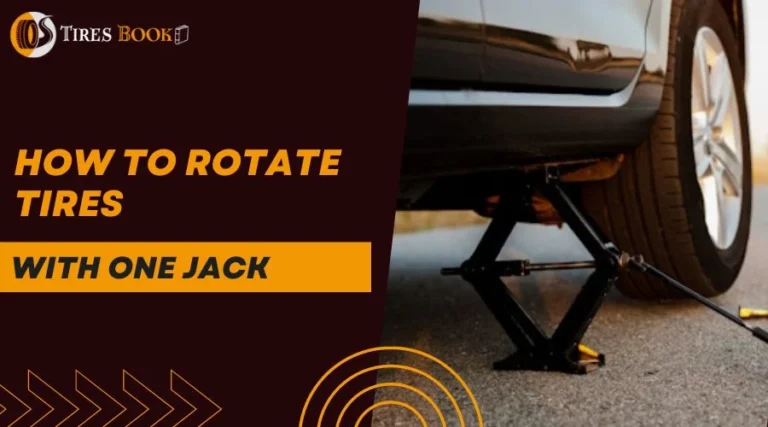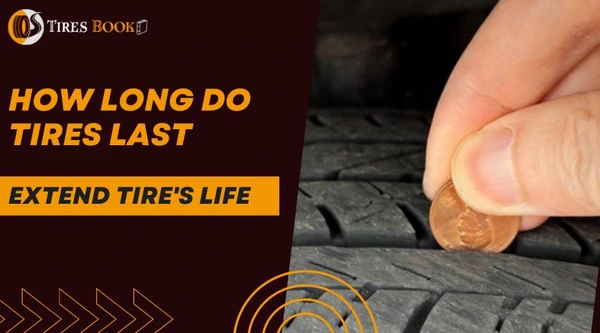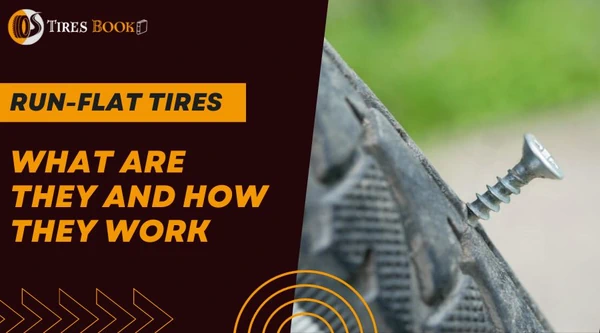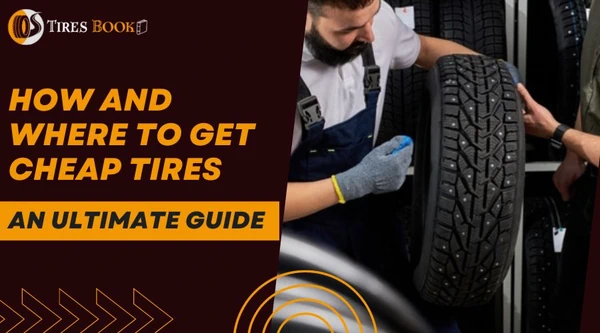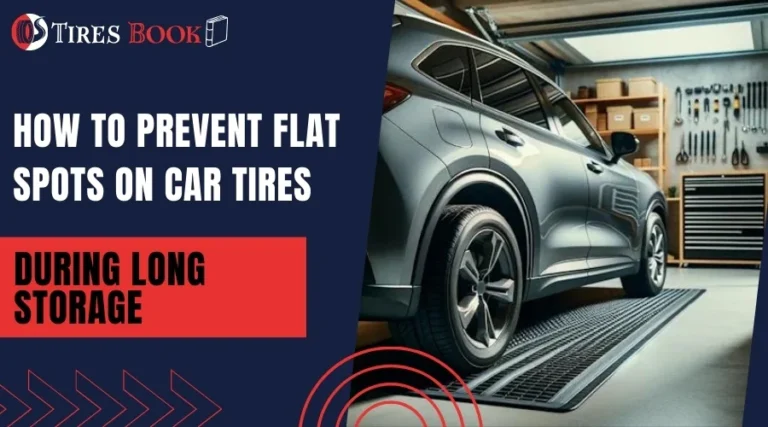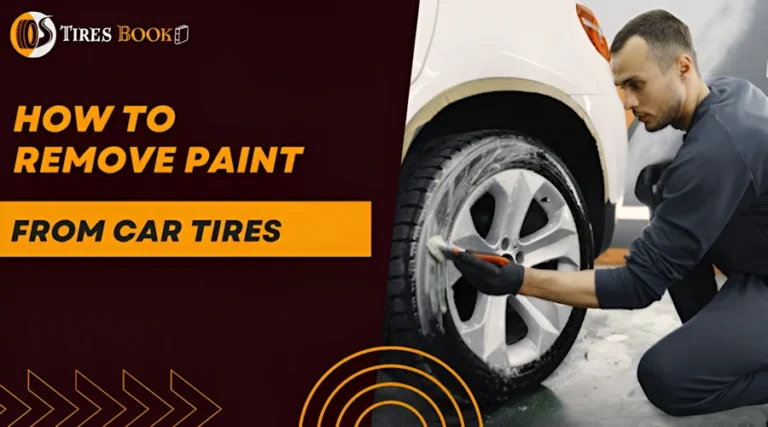You’re driving down the road, enjoying the hum of the engine, when a thought pops into your head: “When did I last rotate my tires?” Rotating tires is a big part of taking care of them, but it’s not the same for every vehicle. The type of car you drive matters. You see, not all your car tires wear out at the same rate. The tires that handle more of the engine’s power usually wear out quicker.
Table of Contents
When To Rotate Your Tires: Mileage Guidelines
- As a rule of thumb, consider rotating your tires every 5000 miles. However, it’s always wise to thumb through your owner’s manual for the exact mileage. Now, let’s dive into the specifics for different types of vehicles: front-wheel drive (FWD), rear-wheel drive (RWD), 4-wheel drive (4WD), and all-wheel drive (AWD).
- If you’re a proud FWD owner, your tire rotation should occur every 5000-7000 miles. You’re going to use what’s called a forward cross rotation. It’s a simple swap. Take the front tires and move them straight to the back, keeping them on the same side. The rear tires, on the other hand, move up front, but with a twist. They swap sides (so the right rear tire ends up on the left front).
- RWD vehicles and 4WD vehicles have the same rotation pattern. They also need a tire rotation every 5000-7000 miles, but we use a rearward cross rotation here. The back tires move straight to the front, while each front tire goes to the opposite back corner. So, the right front ends up on the left rear.
- What about AWD vehicles? Well, they need a bit more love. Rotate their tires every 3000-5000 miles. You can use diagonal rotation or parallel rotation. In diagonal It’s a full crisscross of all four tires (the right front goes to the left rear, and so on). In parallel rotation, both front tires move straight to the back while both rear tires move straight to the front.
- And for the vehicles having different front and rear tire sizes? Rotate the tires every 5000 miles. The best way to rotate their tires is side by side. The front tires swap places and the rear tires do the same. So, keep an eye on your odometer and stay in tune with your vehicle’s needs.
- For drivers who drive off-road, do tire rotation once every 3000 miles.

Pro Tip: Did you buy a used car? You might not know when the last owner rotated the tires. That’s okay. Take your car to a mechanic. They can tell you if your tires need to be rotated right now, or if they can go a bit longer before needing a rotation.
In the next section, we’ll delve deeper into why tire rotation is so important and how it benefits not only your tires but your vehicle as a whole. Stay tuned!
Benefits of Regular Tire Rotation
Let’s talk about why regular tire rotation is a win-win for you and your car. Here are some of the big benefits.
- Even Tread Wear and Longer Tire Life: Tires on different axles and sides of your car wear down at different rates because of the varying forces they experience. Rotating tires swap their positions, evening out these forces over time. This leads to a uniform wear pattern and extends the overall life of your tires.
- Fuel Economy: When your tires have uneven wear, your car’s engine has to work harder to move the vehicle. This extra work uses more fuel. With regular tire rotation ensuring even wear, your engine runs more efficiently, improving your car’s fuel economy.
- Better Handling and Braking: Tires with uneven wear can lead to imbalanced handling and braking since different tires grip the road with varying effectiveness. Regular tire rotation maintains even tread depth, which enhances your vehicle’s responsiveness, handling, and braking performance.
- Improved Hydroplaning Resistance: Tread depth plays a key role in dispersing water from under your tires on wet roads. Uneven tire wear can compromise this ability, increasing the risk of hydroplaning. By rotating your tires regularly and ensuring even tread wear, you maintain better control on wet surfaces.
- Overall Safety: The collective result of all these benefits is improved safety. A well-maintained, evenly worn set of tires provides better control, performance, and efficiency, reducing the risk of accidents. Regular tire rotation is a simple maintenance task that contributes significantly to your vehicle’s overall safety.
Pro Tip: After a rotation, you may need to adjust your tire pressure since vehicles often have different pressure recommendations for front and rear tires.
Consequences of Neglecting Tire Rotation
Ignoring tire rotation can lead to problems you don’t want. Let’s take a look at what can happen if you don’t give your tires the rotation they deserve.
- Early and Uneven Tire Tread Wear: If you’re not rotating your tires regularly, they can wear out sooner than they should. You might also see uneven wear patterns, like feathering on tires or cupping, or spots that are more worn than others.
- Less Traction: Worn-out tires don’t grip the road as well. This means your car might not respond as quickly when you try to steer or stop, especially on wet roads.
- Skidding and Vibration in Steering: If your tires are worn unevenly, your car might start to vibrate when you’re driving. You might also notice your car skidding, especially when the road is wet.
How Much Does Tire Rotation Cost?
The cost of tire rotation can vary widely, influenced by factors like the service provider, vehicle type, and location. On average, you can expect to pay between $30 and $50 for this service.
However, prices can range from as low as $20 to over $120, and in some cases, even up to $150. In Ohio, for example, the rates are generally lower compared to California.
Dealerships typically charge more than independent shops or chain outlets like Walmart due to higher overheads.
Pro Tip: Do you know how long a tire rotation task takes?
Tire rotation is usually a quick job. Most mechanics can do it in about 15 to 30 minutes.

